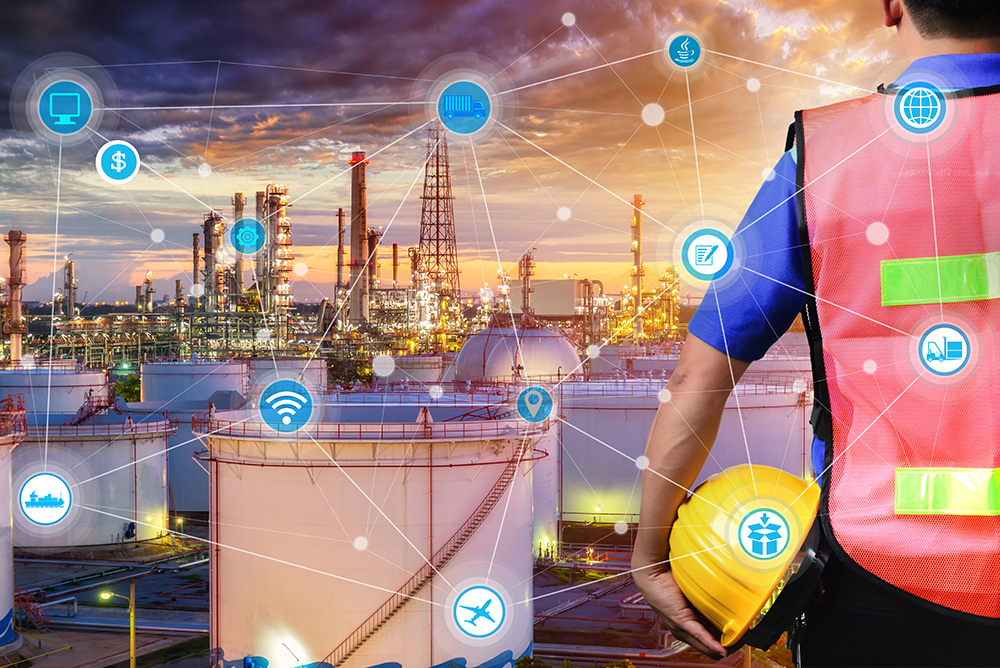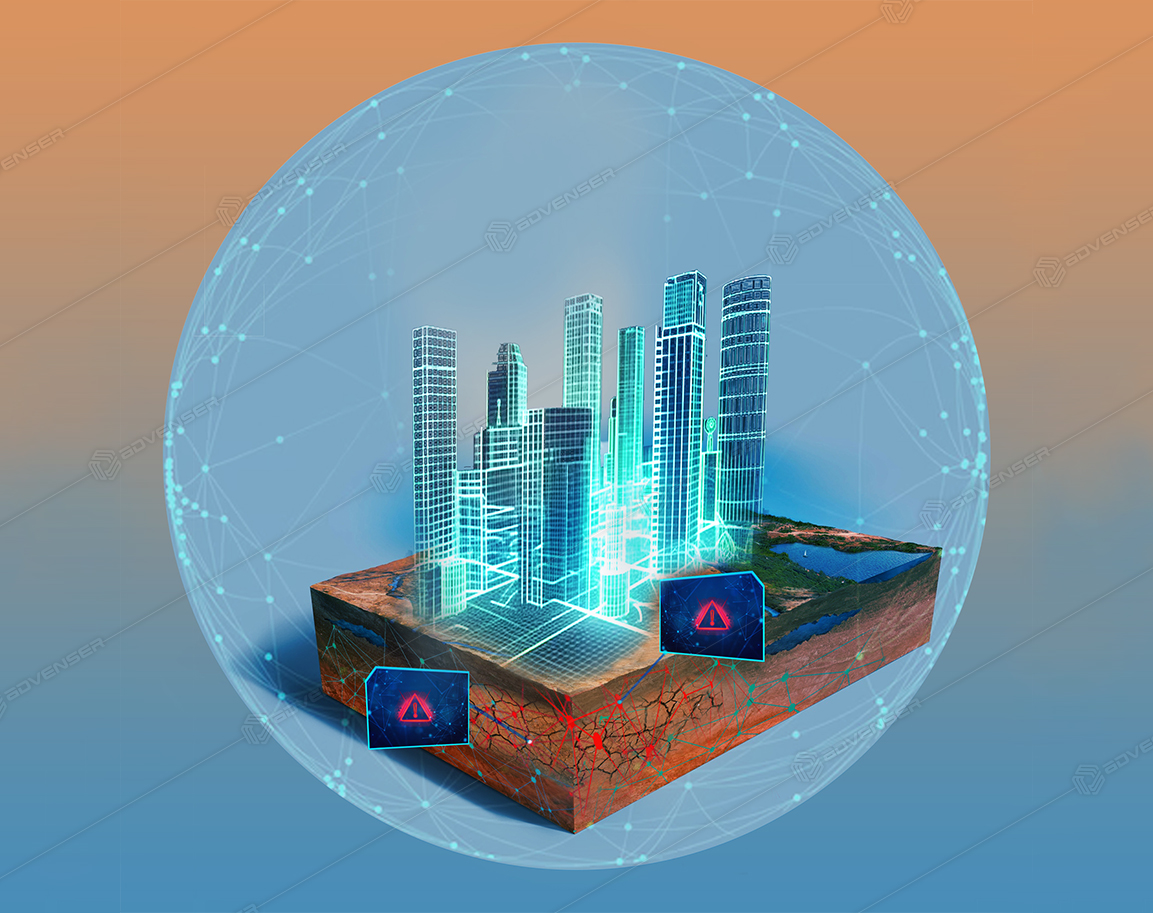Building Information Modeling (BIM) And The Internet of Things (IoT)-How They Work Together

Building Information Modeling (BIM) and the Internet of Things (IoT) have become two of the most important technologies in the construction and engineering industries. This blog will look at how these two technologies can work together to create a more efficient future. We will discuss the benefits of combining BIM and IoT, the connectivity of automation, and the importance of data exchange. By the end of this post, you will have a better understanding of how BIM and IoT can work together to shape the future of the construction industry.
How BIM and IoT Work Together
BIM and IoT are two of the most revolutionary technologies on the market today. They are used together to improve the design and service delivery of buildings, which in turn leads to cost savings, improved efficiency, and higher quality of delivery. In this section, we will discuss how BIM and IoT work together to enable these benefits.
First, let’s take a look at how BIM and IoT are used together to improve the design and service delivery of buildings. By using BIM models and systems, architects can better understand the structure of a building before it is built. This information is then used to create plans for construction that are accurate down to the detail level. In addition, by using IoT technology, building operators can remotely monitor building systems such as air conditioning and heating in real-time. This allows for proactive maintenance measures to be taken before problems arise, which leads to increased efficiency and safety in buildings.
BIM and IoT also allow architects and engineers to work collaboratively in designing and building better infrastructure. With real time data captured by BIM models or systems, collaborative working between these two disciplines becomes much easier. For example, an architect might need input from an engineer when designing a stairway or structure that will be used by people. By incorporating IoT into this process, both parties can work together seamlessly without ever having to leave their respective positions.
There are several benefits that come with using BIM and IoT systems within the construction industry. Chief among these is cost savings due to reduced time spent on design iterations or during actual construction projects. In addition, improved efficiency results from faster project completion times as well as reduced errors due to errors during planning stages or during construction itself.
The Benefits of Combining BIM and IoT
Construction is a time-consuming and expensive process, and it’s not always easy to get the most out of it. By using BIM and IoT technology, you can streamline the workflow and create a more efficient construction site that will save you time and money.
For example, by using BIM technology, you can digitally model your building in 3D so that you have a complete understanding of how it functions. This data can then be used to create plans for the construction site, as well as renderings of how the building will look once it’s completed. Not only does this provide a visual representation of your project, but it also allows for improved safety on the construction site. By knowing exactly where all the obstacles are on the site, you can avoid them altogether or take precautions to avoid potential accidents.

Combining BIM with IoT also has massive implications for smart cities – something that many people believe will be one of the biggest drivers of change over the next decade or so. By integrating these technologies into existing city infrastructure, we could see significant improvements in things like public safety, transportation systems, waste management systems, water supplies – even education! The possibilities are endless when it comes to how BIM and IoT technologies can work together to improve urban life.
So if you’re looking for ways to improve your workflow in construction or looking at ways that smart cities could benefit from improved planning processes – look no further than this blog article!
The Connectivity of Automation in BIM and IoT
The ever-growing connectivity of automation and IoT has steered a new era for buildings. By creating 3D models and real time data, BIM helps to automate building operations, while IoT provides the information necessary to run the building efficiently. The synchronization between these two systems is key to operational success, allowing for accurate functional analysis and performance optimization.
This allows for remote control of building systems, improving energy efficiency and user experience. In addition, it enables predictive analytics and troubleshooting processes that ensure a building’s infrastructure runs smoothly and efficiently. Automation and remote control of building systems are now possible, ushering in a new era of connected buildings that are also intelligent networks.ts.
Integrating Data Exchange for Increased Efficiency
The IoT is quickly becoming a key part of business operations. By connecting various devices and systems, businesses can improve efficiency and streamline processes. One area where data integration and collaboration can be incredibly helpful is in the area of smart product design. By connecting various data sources, designers can create products that are more accurate and efficient.
For example, imagine a scenario in which you are designing a new car. You would need information about the engine, chassis, and other components that make up the car. However, this data would be scattered across different systems like BIM, CAD, manufacturing software etc. By integrating these systems into a single platform, you could easily access this data and ensure accuracy in your design.
Another benefit of data integration is in the area of real time analytics. By capturing data from sensors connected to assets, you can monitor these assets in real time to ensure they are functioning properly. This information can then be used to optimize operations or make informed decisions about future investments. In short, by integrating data from diverse sources into a single platform, businesses can achieve increased efficiency and cost savings in many areas of operation.
BIM and IoT are two of the most important technologies in the construction and engineering industries. Together, they can help to create a more efficient future by streamlining the design process, enhancing safety on site, improving energy efficiency, and providing greater insights into building performance. Additionally, these technologies also have great potential for creating smarter cities that are better connected and more efficient than ever before.







